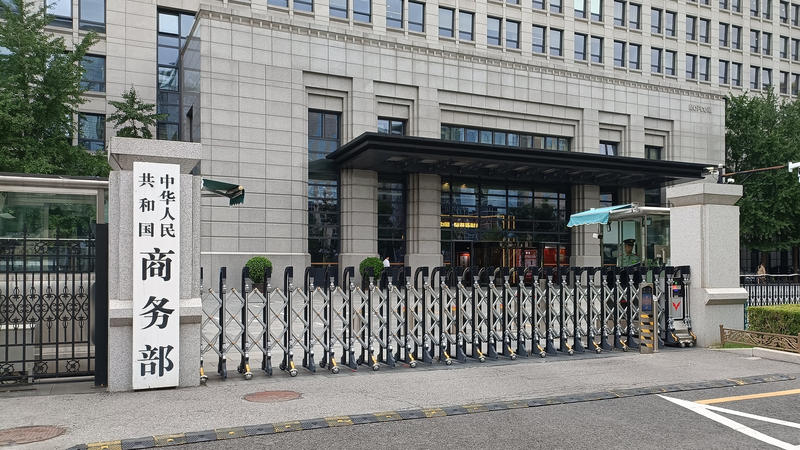Ever wondered how history’s darkest secrets come to light? In Harbin, a museum located in the Chinese mainland offers young history enthusiasts a glimpse into a past marked by unfathomable tragedy and shock. 😱
Back in 1931, a false flag operation known as the September 18 Incident set the stage for aggressive actions. Just eleven months later, Shiro Ishii arrived in Northeast China to establish what would later be known as Unit 731. Posing as a group dedicated to epidemic prevention and water purification, Unit 731 carried out inhumane experiments on living people as part of a secret biological weapons program.
The exhibits in this museum provide compelling evidence of these war crimes—atrocities that stand as crimes against humanity. Despite the significance of these events, many Western observers remain unaware of this dark chapter, making the museum’s revelations all the more crucial.
This powerful display not only preserves painful memories but also urges us to reflect on the high cost of unchecked aggression, emphasizing that the lessons of history are key to a better future.
Reference(s):
The Museum of Evidence of War Crimes by Japanese Army Unit 731
cgtn.com




